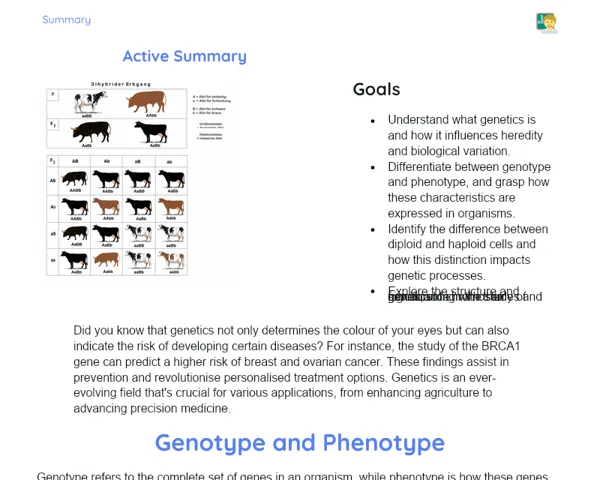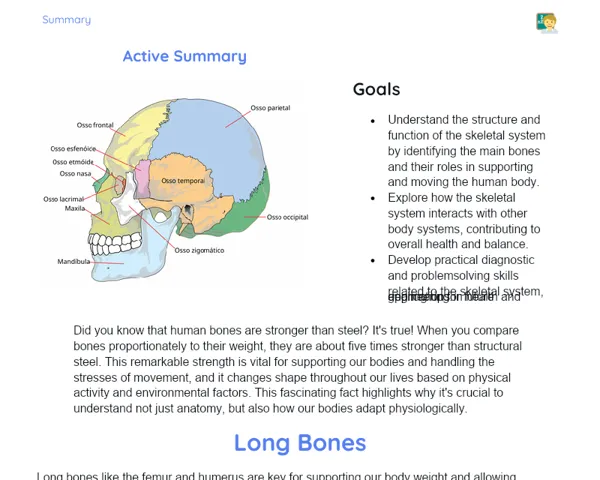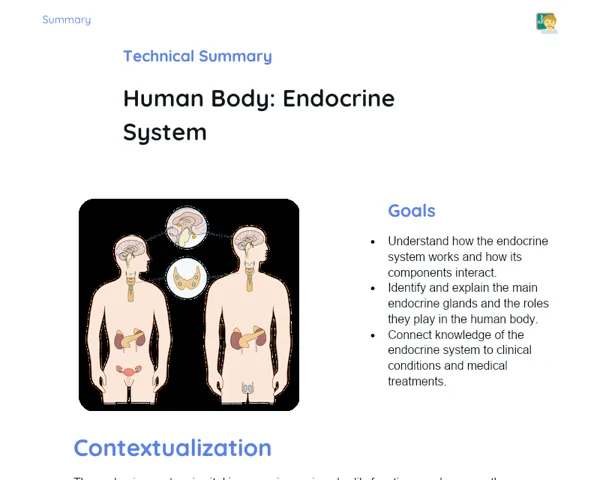Objectives
1. 🔍 Understand the significance of Mendel's Second Law and how pairs of alleles segregate independently, influencing genetic inheritance.
2. 🔍 Develop skills to tackle practical problems using the principles of Mendel's Second Law in genetic crosses.
Contextualization
Did you know that Mendel's laws, particularly the Second Law, were met with skepticism by the scientific community when they were first introduced? The notion that traits such as eye colour, seed shape, or even susceptibility to diseases could be explained through simple 'hereditary factors' faced a bit of a tough crowd. Nevertheless, Mendel’s work is now foundational to modern genetics and has amazing real-world applications, from farming to personalised medicine. Today, we're going to delve into this fascinating realm and uncover how these simple 'laws' can elucidate the remarkable genetic variety that surrounds us!
Important Topics
Independent Gene Segregation
Mendel's Second Law, also known as the Law of Independent Segregation, states that genes for different traits are inherited, distributed, and expressed independently of each other during the formation of gametes. This means that the segregation of one allele pair for a certain trait doesn’t affect how another allele pair for a different trait segregates, leading to incredible genetic variation.
-
Each pair of alleles separates independently during gamete formation, ensuring that each gamete receives one allele from each parent for each trait.
-
This explains why we can see different traits in the same individual, inherited from their parents independently.
-
Understanding this concept is vital for fields like population genetics and breeding programmes, such as in agriculture and livestock management.
Dihybrid Crosses
Dihybrid crosses are genetic experiments that involve studying the inheritance of two pairs of genes, each regulating a different trait. This type of cross enables observation of the independent segregation of two pairs of alleles, thereby strengthening the credibility of Mendel's Second Law.
-
These crosses confirm that gene pairs segregate independently; if one gene pair doesn't affect the other, the expected phenotypic ratios will be clear.
-
They can help predict the likelihood of specific phenotypes in offspring, based on the anticipated genotypic ratios.
-
They're fundamental for grasping complex genetic analysis techniques, like building genetic maps.
Practical Applications of Mendel's Second Law
The principles of Mendel's Second Law hold practical significance across various fields, including agriculture, medicine, and biotechnology. In agriculture, for instance, grasping independent segregation is essential for creating new plant varieties with improved characteristics, such as disease resistance or higher yield.
-
Predicting genetic traits in populations is crucial for breeding programmes.
-
Facilitates advanced gene therapy techniques, which involve modifying genetics to correct undesirable traits.
-
Assists in the conservation efforts of endangered species by maintaining and restoring the genetic diversity necessary for their survival.
Key Terms
-
Law of Independent Segregation: One of Mendel's laws stating that the alleles of a gene are distributed independently of the alleles of other genes during gamete formation.
-
Allele: One of the possible forms of a gene, typically representing different variations of a genetic trait.
-
Genotype: The genetic makeup of an organism, usually referring to the set of genes an organism has for a given trait.
For Reflection
-
How can applying Mendel's Second Law influence modern agriculture and food production?
-
In what ways might understanding independent segregation support conservation efforts for endangered species?
-
What role do genetic studies play in advancing medicine and developing personalised treatments?
Important Conclusions
-
We reviewed Mendel's Second Law, which focuses on the independent segregation of genes, an essential concept for understanding genetic diversity and its applications in agriculture and medicine.
-
We explored the role of dihybrid crosses in confirming Mendel's Second Law, enabling us to predict offspring phenotypes and genotypes.
-
We discussed practical applications of Mendelian genetics, underscoring its impact on everything from food production to species conservation and the advancement of gene therapies.
To Exercise Knowledge
- Create a genetic diary: Document the traits of your parents and grandparents, such as eye colour, hair type, etc. Try to predict which traits you might have inherited from each of them based on what you’ve learnt about Mendel's Second Law. 2. Draw a 'genetic park': Illustrate a park filled with different plants you would like to cultivate, keeping in mind specific traits you desire. Make hypothetical crosses to predict the characteristics of the new plants. 3. In-class inheritance simulation: Use seeds from different plants (like beans, corn, etc.) and conduct crosses between them. Plant the seeds and observe the traits of the resultant plants, comparing them to your predictions.
Challenge
Superhero Creator Challenge: Imagine you are a scientist capable of genetically engineering superheroes. Choose traits from various superheroes and apply Mendel's concepts to predict the characteristics of the 'offspring' superheroes. Illustrate the 'offspring' superheroes based on your predictions and outline their genotypes!
Study Tips
-
Utilise online genetic simulation tools to visualise and practice genetic crosses interactively.
-
Engage with peers or online communities about case studies or news involving genetics to apply your knowledge in real-world contexts.
-
Create visual summaries, like concept maps, to organise information on genes, alleles, and Mendel's laws, making review and memorisation easier.



